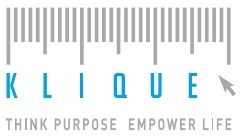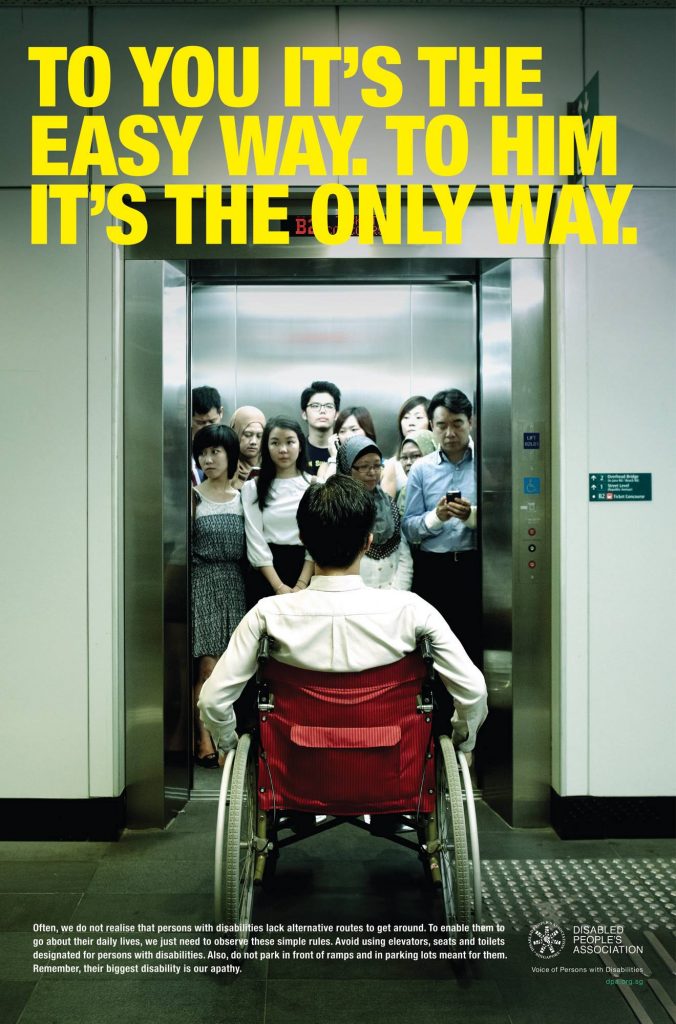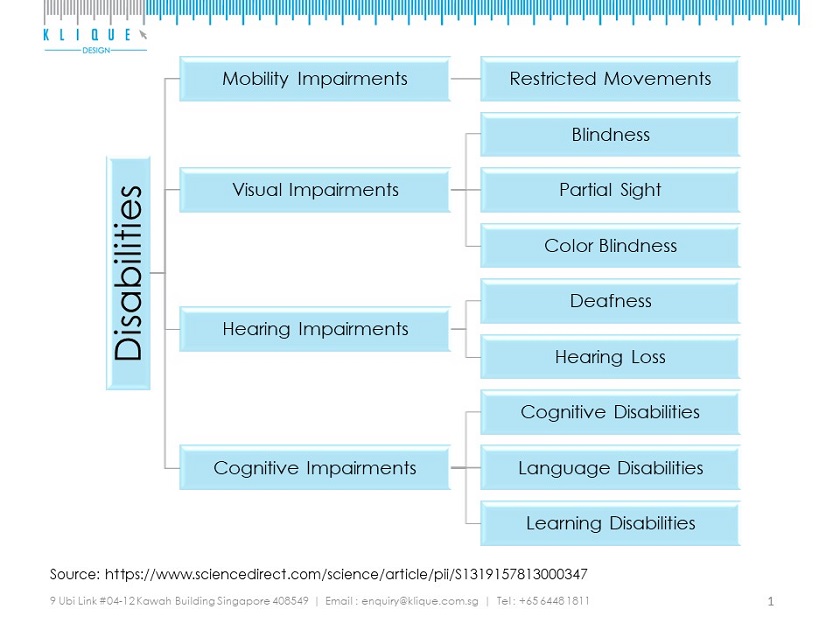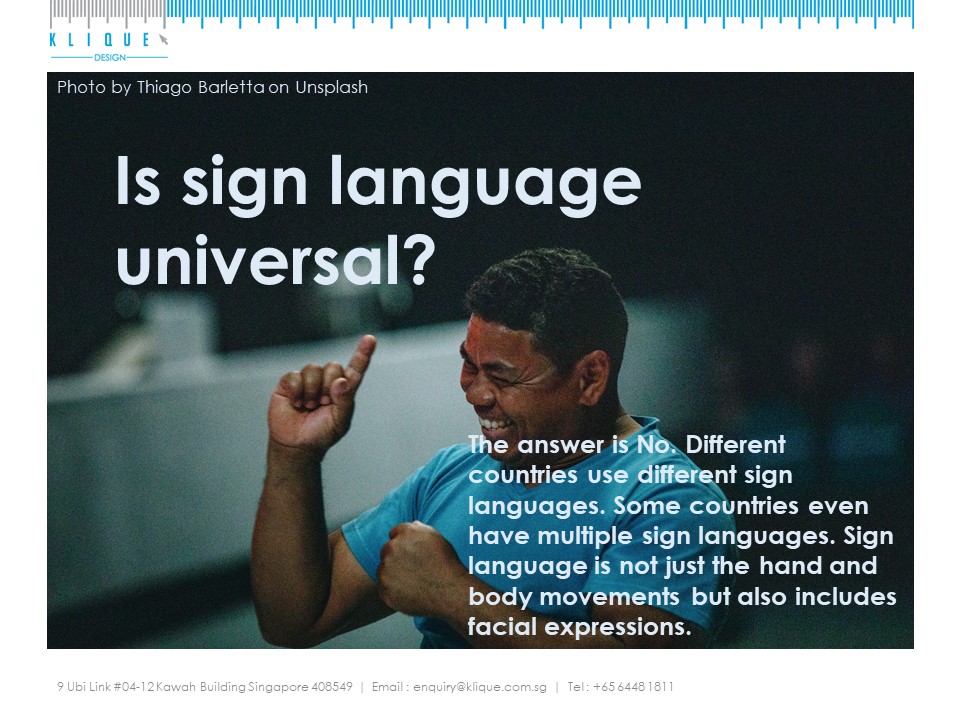
It all started when we received an opportunity to design a space for a cafe located in Cerebral Palsy Alliance Singapore (CPAS) in 2013, while I was still a Commercial Interior Designer.
I didn’t think too much about it, aside from the fact that it was a cafe for students with special needs.
But when I saw these students actually patronising the store, and having loads of fun exploring and soaking in the ambience that we had crafted for them, my entire perspective of designing such spaces completely shifted. Continue reading “From Coffee to the Heart, to Consciously Designing Better Spaces”




